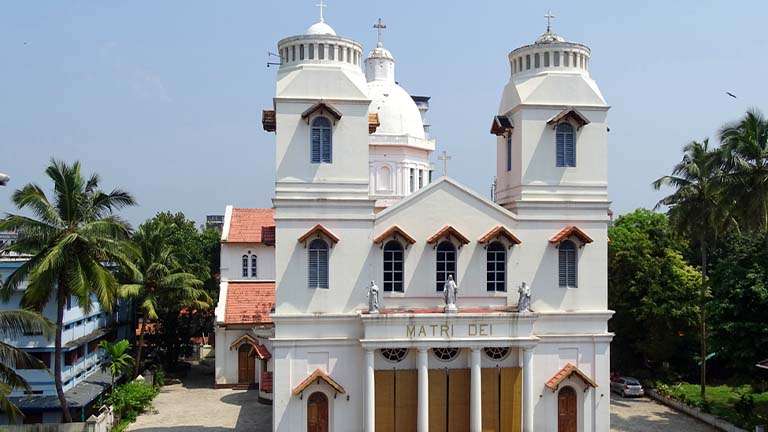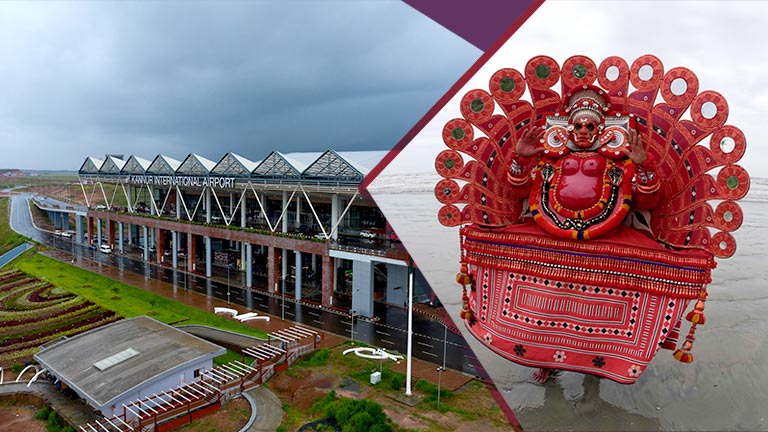Mother of God Cathedral

Mother of God Cathedral, locally known as Valiya Palli, is situated close to Beach Road in Kozhikode. The church is the headquarters of the Roman Catholic congregation in Malabar.
History
The church has a history dating back to 1513 when the Portuguese signed a treaty with the Zamorins. With the permission of the Zamorins, the Portuguese built a factory in Kozhikode and a church, dedicated to the Virgin Mary of Immaculate Conception. The church was then known as Matri Dei. The setting up of this church ushered in a new era for the Catholic congregation of Calicut Diocese.
The Archbishop of Goa, Dom Alexis de Menezes, visited Kozhikode in 1599 and met the Zamorin. Later, he sent more Jesuits to Kozhikode to renovate the chapel with the Zamorin's help.
In 1724, the Zamorin entered into another treaty with the Portuguese, upon which he promised all support to complete the renovation of the church. The church was rebuilt with stone and mortar. A vestry, a belfry and porches were added to the structure. In 1923, the church became the Cathedral of the Diocese of Calicut.
Interesting Facts about the Church
Italian architects were brought to Kozhikode for the sole purpose of designing this Gothic-style cathedral. The curved arches above the doors and windows, the colonnade on the spires and many other such architectural feats stand as a testimony to the aesthetic sense of the Italian architects as well as the artistic skill of the Indian workers. The Neo-Roman architectural influence on this elegant structure is evident in the façade flanked by lofty, square towers on either side.
Another attraction is the 200-year-old portrait of St Mary on a wall of the church. The adjoining cemetery is well maintained. The tombstone of Pedro de Covilhany, the first Catholic Missionary to visit Kozhikode, can be seen here.


